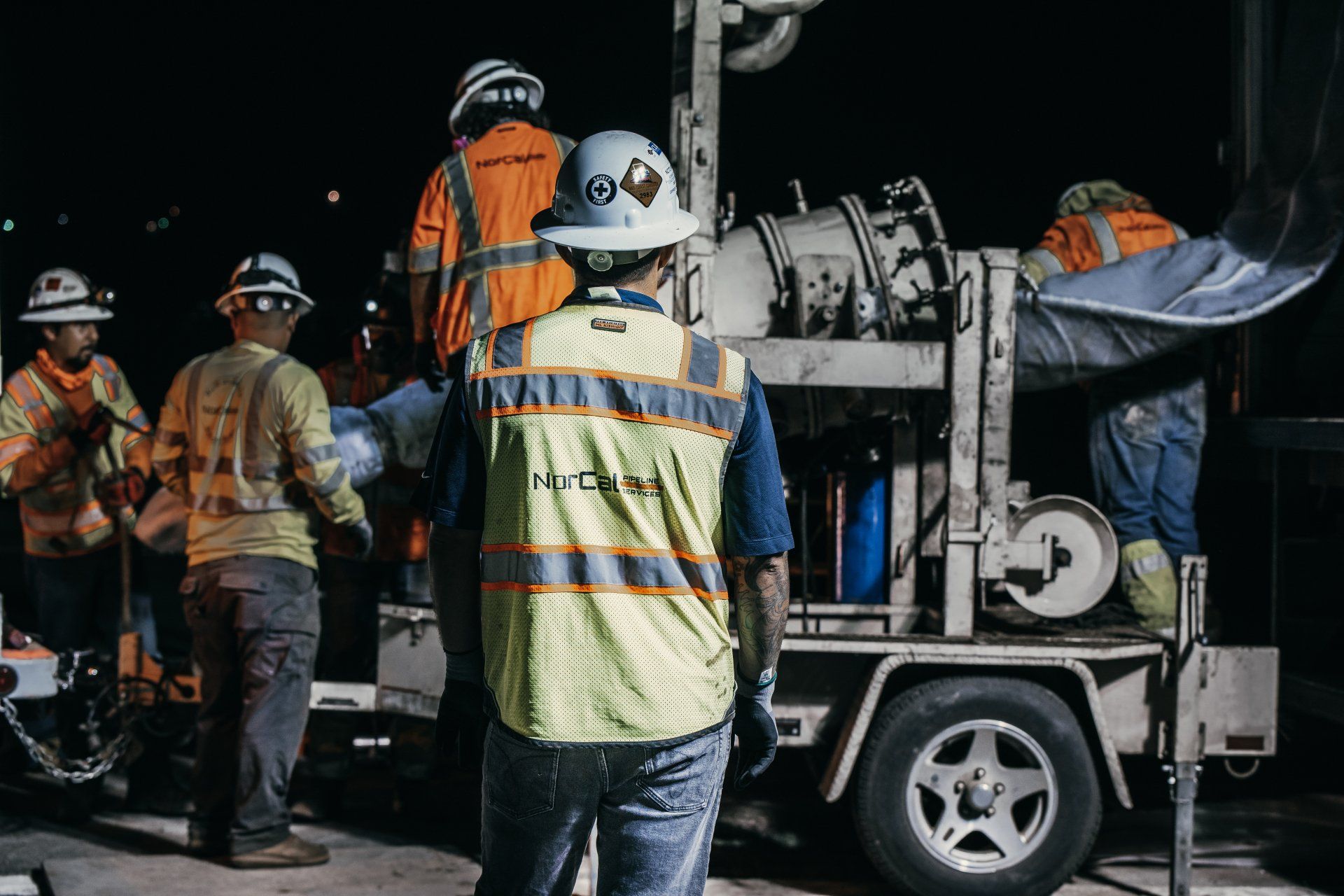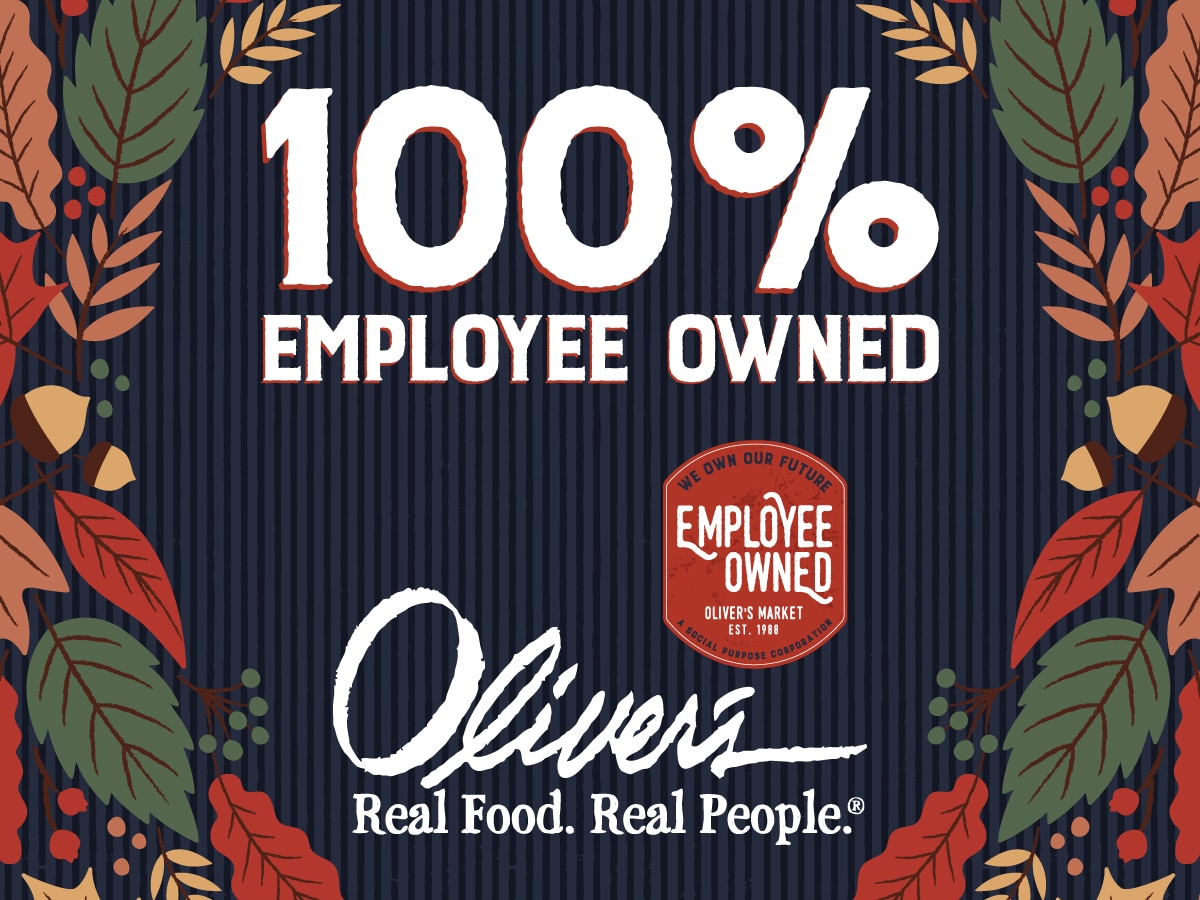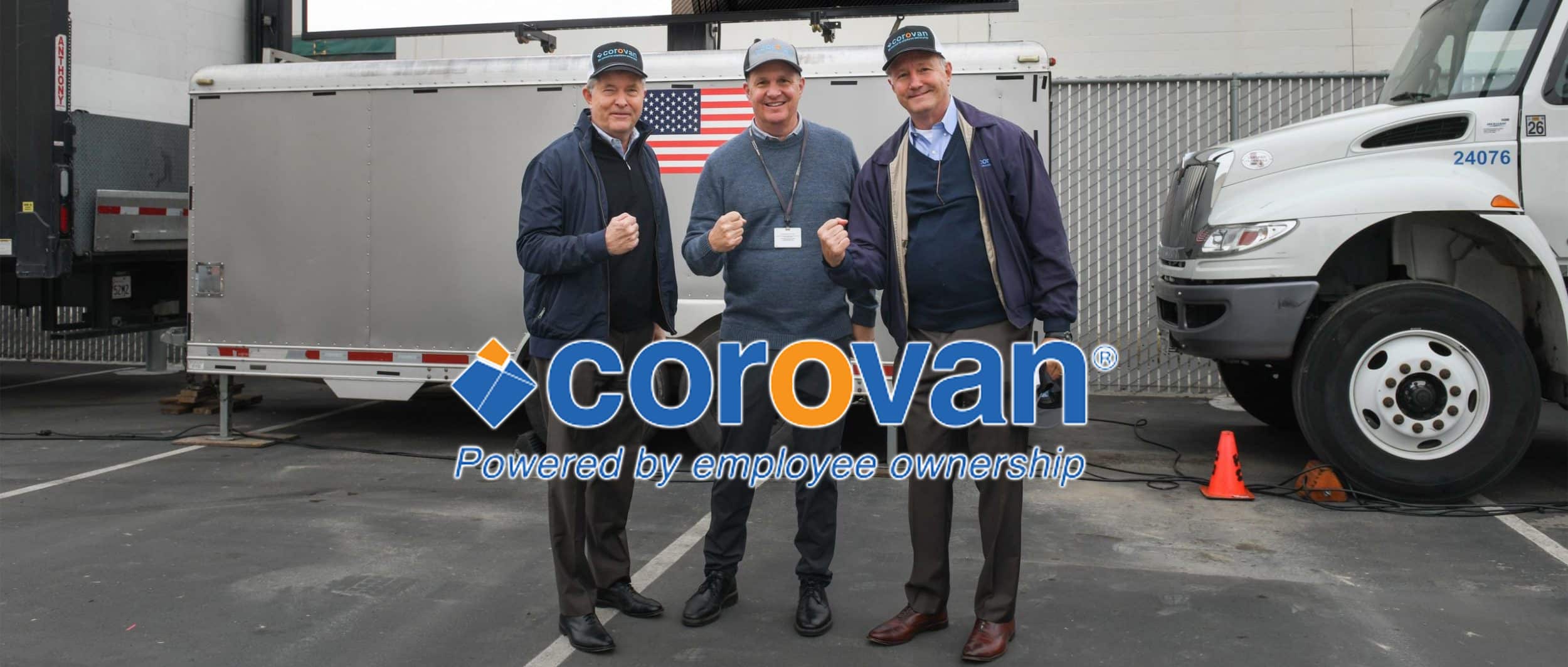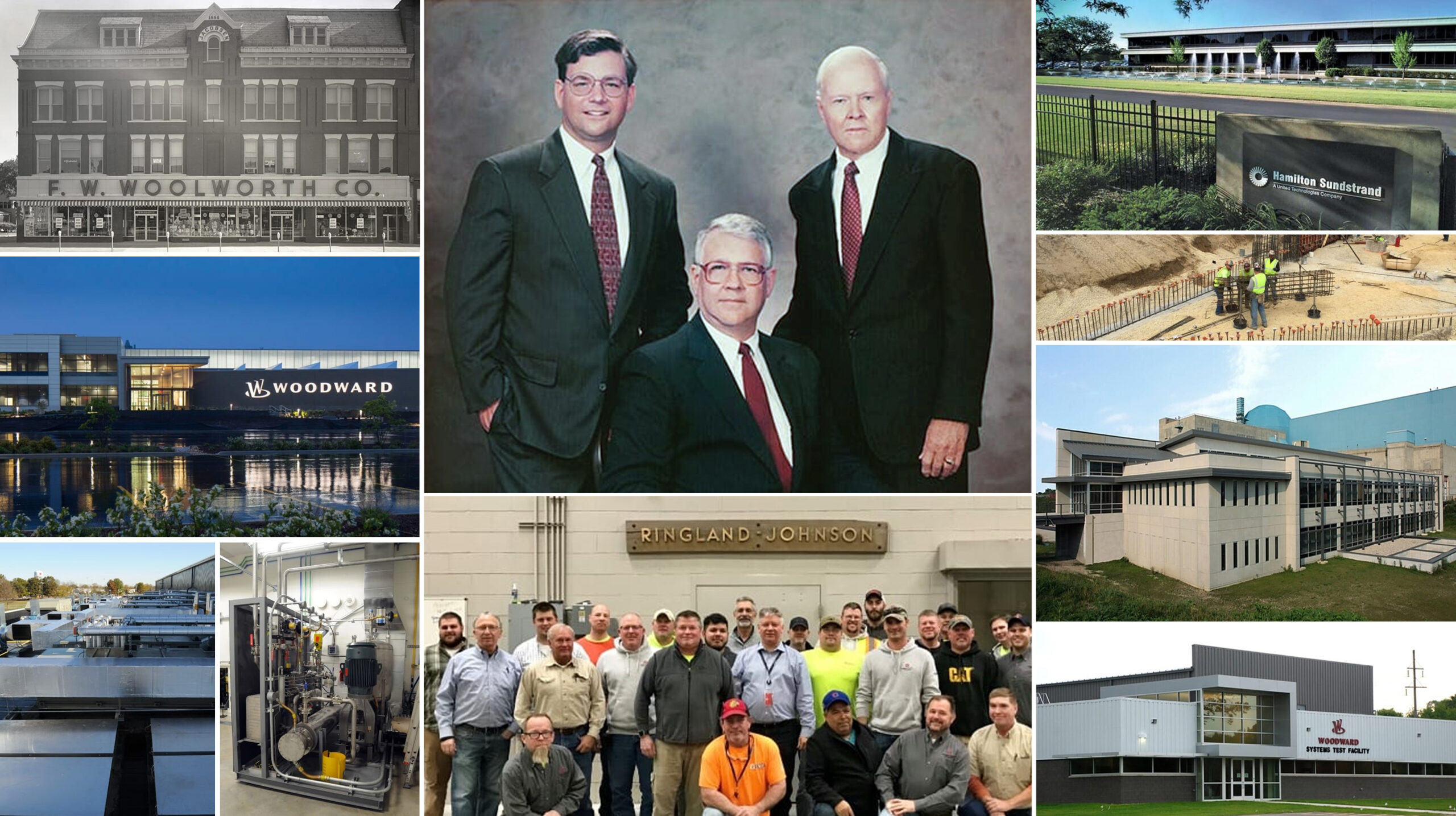U.S. capitalism delayed the day of reckoning by devising a host of innovative but lethal financial tools such as subprime mortages, negative amortization loans, and credit cards and automibile loans that were issued with no questions asked.
Now that the bubble has burst, the Goverment’s only solution seems to be a massive “stimulus” bill to the tune of $500 billion to $700 billion.
But what will this accomplish? If the so-called economic stimulus plan is designed to merely provide a one-time redistribution of income, it will be an utter failure. At best, it will give the average worker an additional $1,000 or $2000 that he or she will quickly spend. This will temporarily increase the profitability of companies that manufacture, import or sell consumer goods. This, in turn, may increase the stock market value of these companies for a few weeks. However, the effect will be dissipated with a matter of months, if not weeks. Then, the workers will be right back where they started, struggling to provide food and shelter for themselves and for their families.

Although the massive income redistribution programs implemented by the Roosvelt administration may have worked to alleviate some of the pain in the 1930s, they did not solve the problem of the then economic depression. What did bring the country out of recession was the advent of World War II, which resulted in creating thousands of new companies, and millions of new jobs.
By comparison, when the U.S. launched the Marshall Plan to save Europe after the end of World War II, we did it right. According to historians, despite the massive homelessness and near starvation on the European continent, nary a penny of the Marshall Plan funds went for humanitarian causes. Rather, virtually 100% of these funds went into rebuilding infrastucture, i.e., roads, bridges, buildings, factories and the thousand of companies that built these capital assets.
If the economic stimulus plan that has been proposed by President-elect Obama is in fact designed to provide funding for rebuilding infrastructure(or better yet, to provide funding for infrastructure improvements needed to support a whole new energy-independent economy,) then there is good reason to believe that the Obama plan, like the Marshall Plan, will have the desired long-term effect of creating thousands of new companies and millions of new jobs.
Even if the Obama plan, however, is designed to provide funding for infrastructure for a new energy-independent economy, it may fail to deliver the promised goods if it is not properly structured.
We have only to recall the tremendous cycles of boom and bust that occurred in the 1890s and the early 1900s, when the federal goverment, together with numerous state goverments, enthusiastically supported the development of various national railroad systems. In one case, one railroad company was literally granted every other section of land across the Southwest in order to assist this company in building a transcontinental railroad. This land monopoly still exists to this day.
If the Obama administration succumbs to the temptation to simply throw money at the problem in order to create a short-term economic boom, the long-term consequences will be the same as in the case of the early railroad industry and in the current case of the big three automobile companies. That is, if infrastructure funding is dispensed without thought as to the long-term impact on the overall economy, such funding may well exacerbate the problem rather than solving it.
Clearly, large, established construction companies and utility companies are best positioned to quickly implement new energy-independent systems. If, however, the federal goverment simply lends massive sums to these companies in order to fund new systems of highway and energy infrastructure, we will have another case of using federal funds to help the rich get richer, while the poor get poorer.
Whether these existing construction companies and utility companies are union or non-union is irrelevant. In either case, the normal and expected business imperative is to maximize company profitability. This clearly justifies holding down wages and benefits as much as is humanly possible.
The net result, of course, is that $500 billion of taxpayer money will be used to beget $5 trillion of shareholder wealth. However, almost all of this will accrue to a handful of institutions and wealthy individuals, while the workers will continue to suffer a decline in their real wages and in their purchasing power.
Somewhere along the line, the U.S. will suffer another recession, probably as a result of over speculation in construction and utility stocks, and once again we will be talking about another economic “stimulus” plan.
Once again, the rich will get richer, and the poor will get poorer, until the poor run out of purchasing power and the system collapses again.
Given this likely scenario, perhaps it’s time that we realized that neither pure capitalism nor pure communism is the right answer to the perennial problem that plagues all market economies, i.e., how to achieve a balance between the ability to produce goods and services and the purchasing power that is needed to purchase these goods and services. Such a system was designed by the San Francisco economist and attorney Louis O. Kelso. It is called the Employee Stock Ownership Plan (“ESOP”.)
When new financing is provided to a company through an ESOP, shares of stock of that company are allocated to all employees as and when the debt is paid back. As a result, purchasing power is automatically placed into the hands of employees as the debt is repaid. If, as is normally the case, the company becomes more profitable over the years as the employees become more and more productive, everyone benefits. The shareholders no longer need to feel guilty for having held down employee wages and benefits. Whatever wages and benefits the employees may have lost in the short run, they will have been made up in the long run through owning a significant portion of the company’s stock.
The ESOP solution is probably the only solution that can be used to rebuild the middle class without massive income redistribution. Also, the ESOP solution can be implemented without major changes to existing laws and regulations. All that is needed is for the goverment is to issue a couple of relatively simple regulations.
The first proposed regulation is this: The Obama administration would adopt a regulation to the effect that at least one-third of any funding that is provided for infrastructure improvements must be funded through an ESOP. For example, if a construction company or a utility company seeks $1 billon in funding for infrastructure improvements, that company or utility would have to adopt an ESOP and at least $333 million of the loan would be made to the company’s ESOP. The ESOP would then purchase $333 million of newly-issued company stock from the company. The utility would then be obligated to make annual tax-deductible contributions to the ESOP to enable the ESOP to repay its loan over a 10 to 15 year period. Each year as this loan is repaid, a pro rata number of shares of company stock would be released from suspense and allocated to the employees.
There is more than ample justification for an administrative regulation of this type. The first ever request for a federal bailout of a private company occurred in 1973 when the Penn Central Railroad was on the verge of bankruptcy, and Congress was asked for a $5 billion subsidy to bail out the shareholders and avoid bankruptcy.
Senator Russell Long, who was then chairman of the Senate Finance Committee and subsequently Chairman of the Railroad Reorganization Subcommittee, reasoned that taxpayer money should not be used to benefit one party to the transaction (company shareholders) at the expense of the other parties (such as workers and the general public,) even though there would be indirect benefits to workers, the general public and others.
Accordingly, the Regional Rail Reorganization Act of 1973 that Senator Long pushed through Congress mandated that as a matter of public policy, any federal funding of a “bailout” of private industry should be funded to the maximum extent feasible though the technique of ESOP financing, such that this federal funding would also serve to broaden the ownership of capital rather than to further concentrate the ownership of capital.
Senator Long further believed that financing the bailout through an ESOP would also serve to align the interest of management and labor, would serve to reduce the incidence of strikes, and would help to increase employee motivation and productivity. It would also place purchasing power into the hand of those that needed it the most, and thus would serve to rebuild middle class purchasing power. Lastly, he believed that the taxpayer funds were far more likely to be repaid if both management and labor had a vested stake in the success of the enterprise.
As it turned out, the Penn Central Railroad was reorganized as Conrail, and Conrail was able to emerge from bankruptcy without the massive federal financing that was originally contemplated. Nevertheless, it was the Regional Rail Reorganization Act of 1973 that first coined the term “ESOP” and led to the full codification of the legal status of ESOPs in the Employee Retirement Income Security Act (“ERISA”) of 1974.
Since that date, ESOPs have enjoyed 35 years of continued success in strengthening and revitalizing thousands of American businesses. During this time, over 20,000 companies have adopted ESOPs, and study after study has concluded that ESOP-owned companies are indeed more productive than their counterparts, provide much greater retirement benefits than their counterparts, and have a much greater survival rate than their counterparts.
Along the way, ESOPs have also been used in several other instances to help save failing companies, including Chrysler in 1980 and United Airlines in 1987. Although the United Airlines ESOP ultimately did not save United Airlines from filing for bankruptcy, it did enable the company and its employees to stave off their day of reckoning for over 10 years.
Furthermore, the ultimate failure of the ESOP to prevent the bankruptcy was not the fault of the ESOP, but was instead due to a flaw in the structure of the initial transaction that provided for only a ten-year wage reduction rather than for a permanent wage reduction.
The current financial crisis dwarfs all of the aforementioned crises by a factor of a least 100 to 1. Given this fact, it seems evident that we cannot get through this crisis with small, incremental bridge loans and the like. What is needed is a bold stroke that not only solves the immediate financial crisis, but also solves the long-term systemic problem that plagues our system, the system of finance that guarantees that the middle class and the working class will be systematically denied access to adequate purchasing power to support themselves and the economy in general.
In my view, it’s time we returned to the brilliant and irrefutable logic of Senator Russell Long. The ESOP is the best tool ever invented for broadening the ownership of capital. It is the best tool ever invented for rebuilding low-income and middle-class purchasing power. It is the best tool ever invented for revitalizing employee motivation and productivity. It does not rob Peter to Pay Paul. It provides a win-win situation for everyone, including shareholders, employees, consumers, and the economy in general. One almost wonders why everyone does not fully endorse the principles of widespread employee ownership.
The second proposed regulation is this: The Obama administration would adopt a federal regulation to the effect that firms that are substantially employee-owned will receive first priority in bidding on any and all defense contracts, and any and all federally-funded infrastrucuture contracts (whether funded directly by the federal government or indirectly through state and local agencies,) including construction projects, energy projects and/or health care projects.
In short, employee-owned firms would have first priority in bidding on all such federally-funded projects. Futhermore, a firm’s priority would be determined by its degree of employee ownership.
Thus, firms that are 100% employee-owned would have priority over firms that are only 30% employee-owned, and firms that are 30% employee-owned would have priority over firms that are only 3% employee-owned.
Here again, there is ample precedent for the adoption of a regulation of this type. Currently there are a number of provisions in the Federal Acquisition Regulations that provide for preference in bidding on government contracts to companies that are minority-owned, women-owned, veteran-owned, etc. Similarly, there is a provision in the Trade Adjustment Assistance Act of 1981 that gives employee-owned companies first priority in qualifying for federal assitance loans where a company has been adversely affected by foreign trade and thus is in need of federal assistance.
Conclusion
Isn’t it finally time that we did the right thing for our workers and for our middle class? Isn’t it time that we ignored the corporate lobbyists and do what is in the best interests of our taxpayers, and of our children and grandchildren? If we are going to use taxpayer’s money (not only current taxpayers but future generations of taxpayers) to shore up the economy, shouldn’t we do so in a way that gives equal measure to both shareholders and to workers?
To me the choice is clear. We have nothing to lose and everything to gain.







